Leonardo da Vinci, a figure synonymous with the quintessence of Renaissance brilliance, was not a lone genius. His meteoric rise in various fields of art, science, and technology could not have been possible without the support of influential patrons. We explore the vital roles of the Medici family, Ludovico Sforza, Cesare Borgia, and King Francis I of France in shaping da Vinci’s unprecedented legacy.
The Pivotal Role of the Medici Family
Leonardo’s relationship with the Medici family, the prodigious banking clan of Florence, was instrumental in catapulting his early artistic career. The Medici family not only provided the financial muscle but also offered an intellectual environment teeming with scholars, theologians, and fellow artists. Lorenzo de’ Medici, popularly known as Lorenzo the Magnificent, was particularly influential in Leonardo’s initial years, steering him towards high-profile projects that laid the foundation of his mastery in art and mechanics.
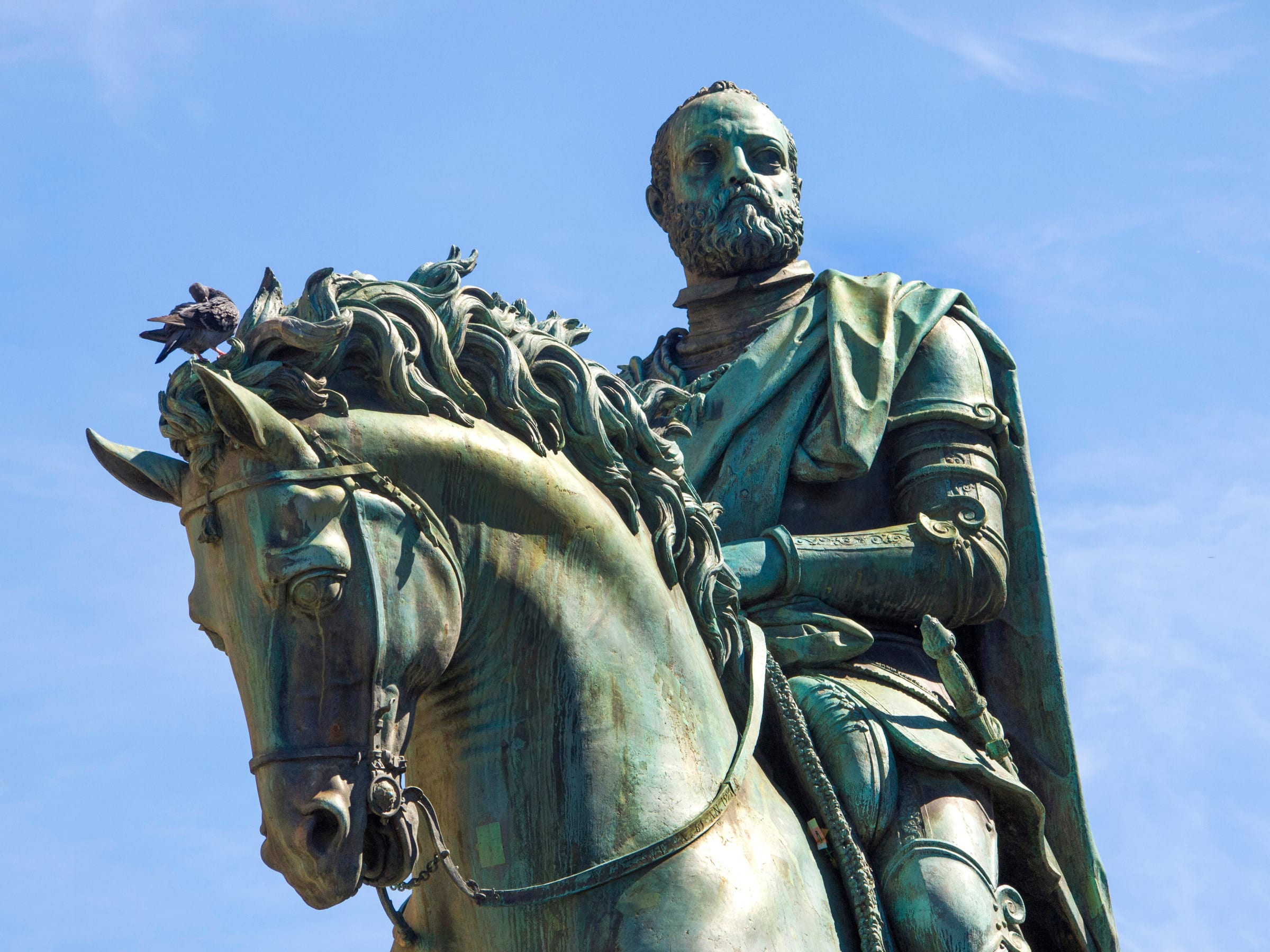
Ludovico Sforza: The Duke’s Lasting Impact
The transition to Milan brought Leonardo in the employ of Ludovico Sforza, the Duke of Milan. Sforza was a visionary in his own right, with an insatiable desire for military innovation and architectural grandeur. It was under his patronage that Leonardo produced the iconic “Last Supper,” a mural that remains one of the defining moments of Western art.
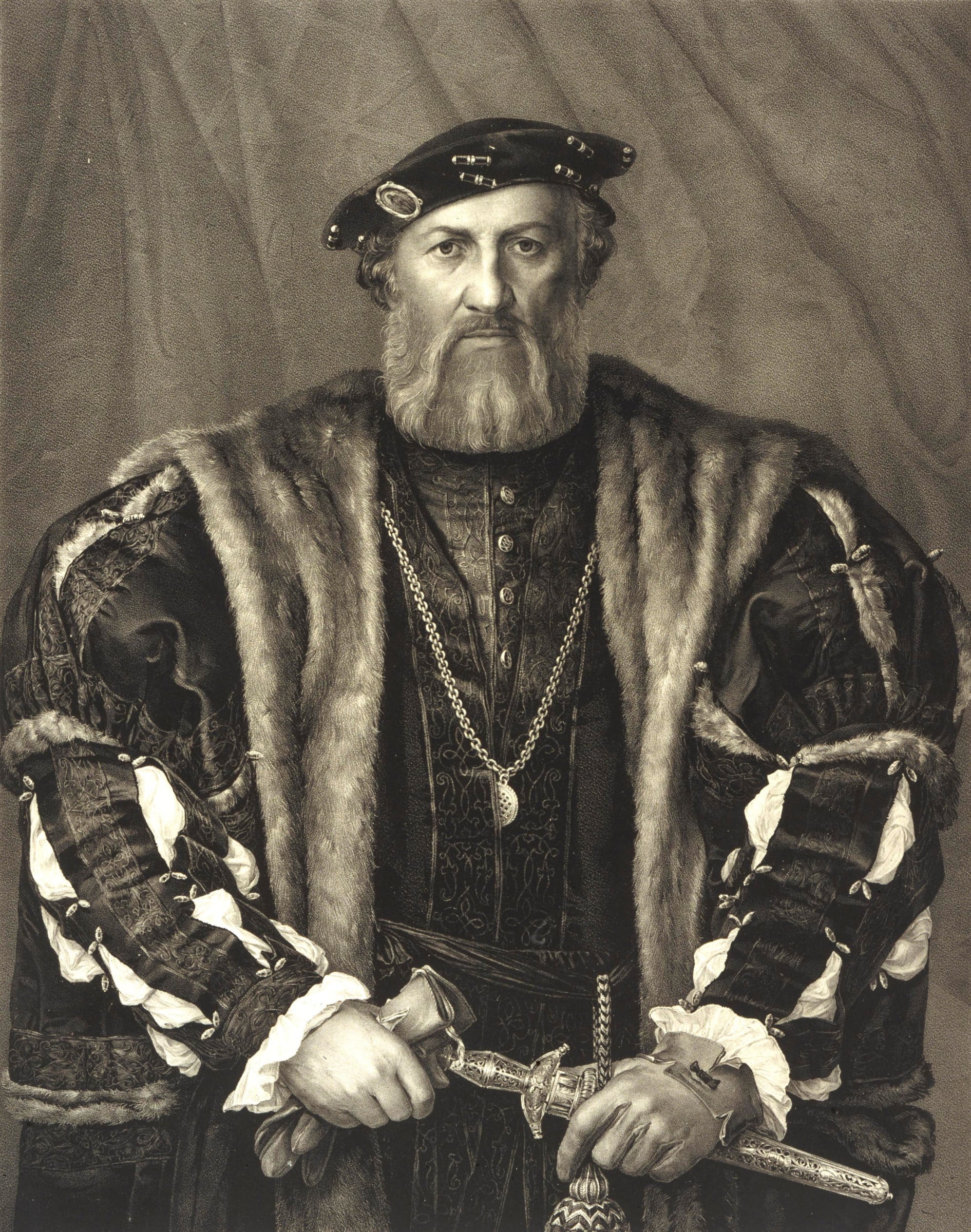
Leonardo Da Vinci’s Patrons – Ludovico Sforza
The Complex Alliance with Cesare Borgia
Cesare Borgia, the Duke of Valentinois, was a unique character in Leonardo’s life. Though notorious for his Machiavellian tactics and ruthless ambition, Borgia was a patron of Leonardo during his military campaigns. Leonardo’s role extended beyond that of a mere artist; he served as a military engineer, designing fortifications and siege machinery. His insights were invaluable to Borgia’s military pursuits, shaping strategic decisions and bolstering the duke’s martial prowess.
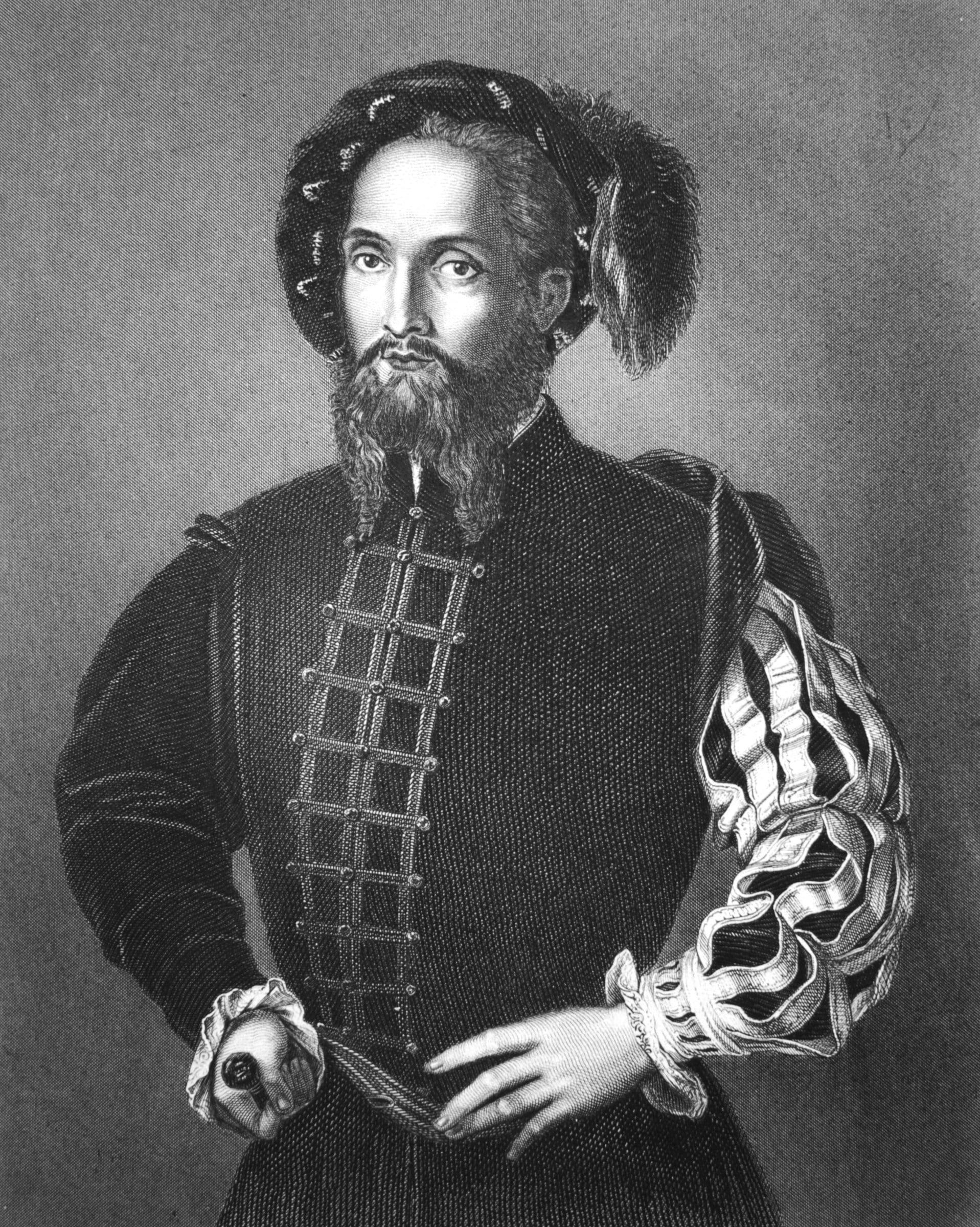
Caesar Borgia, painting by Raphael Santi
The French Connection: King Francis I and the Final Years
When Leonardo moved to France, he was already a living legend. King Francis I recognized Leonardo’s genius and became his last major patron. Offering him the Château du Clos Lucé as his residence, Francis I facilitated an environment where Leonardo could delve deep into scientific inquiries and complete unfinished works. This Francophile chapter concluded Leonardo’s life but left an indelible mark on European art and science.
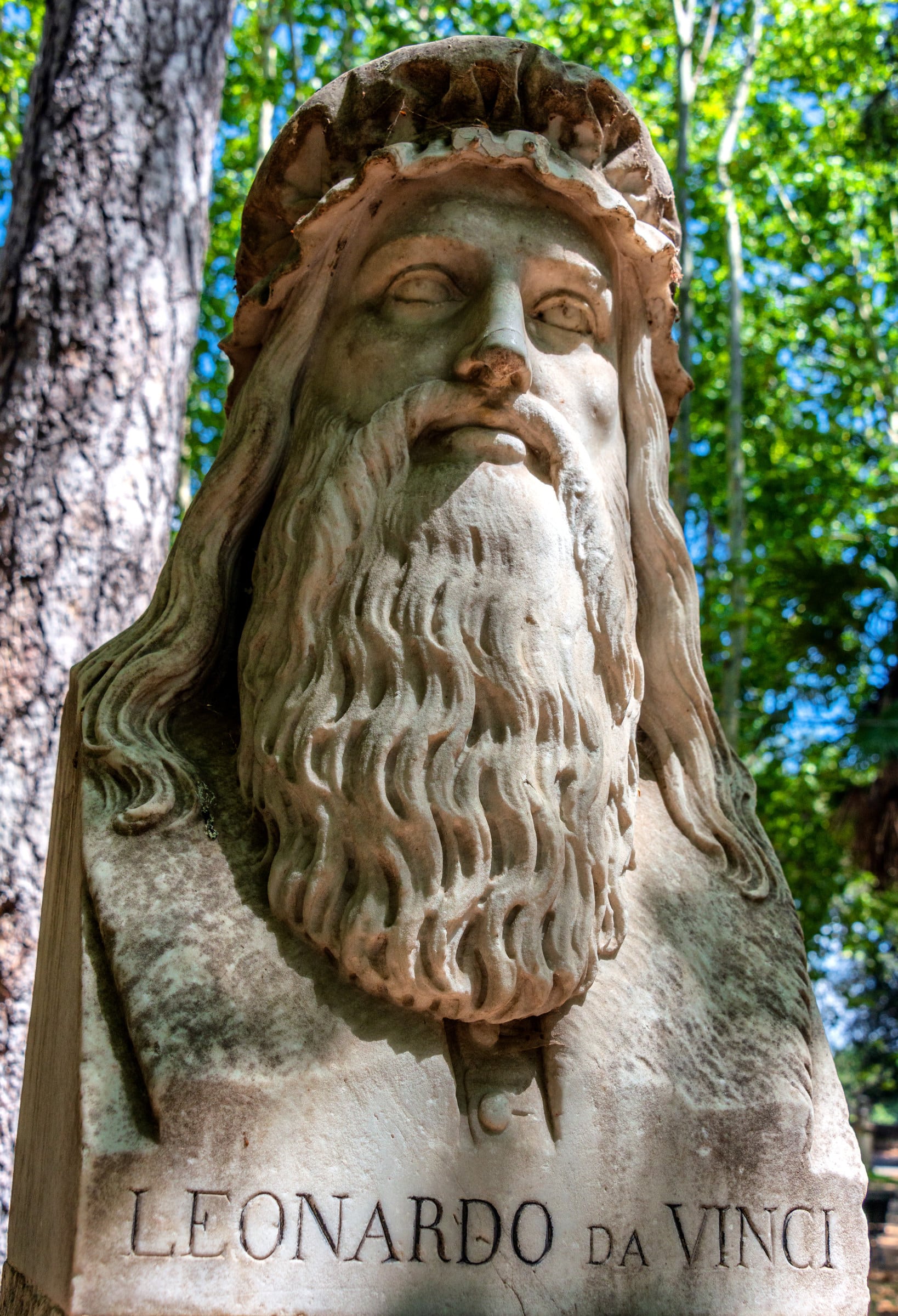
Leonardo Da Vinci – Villa Borghese Rome
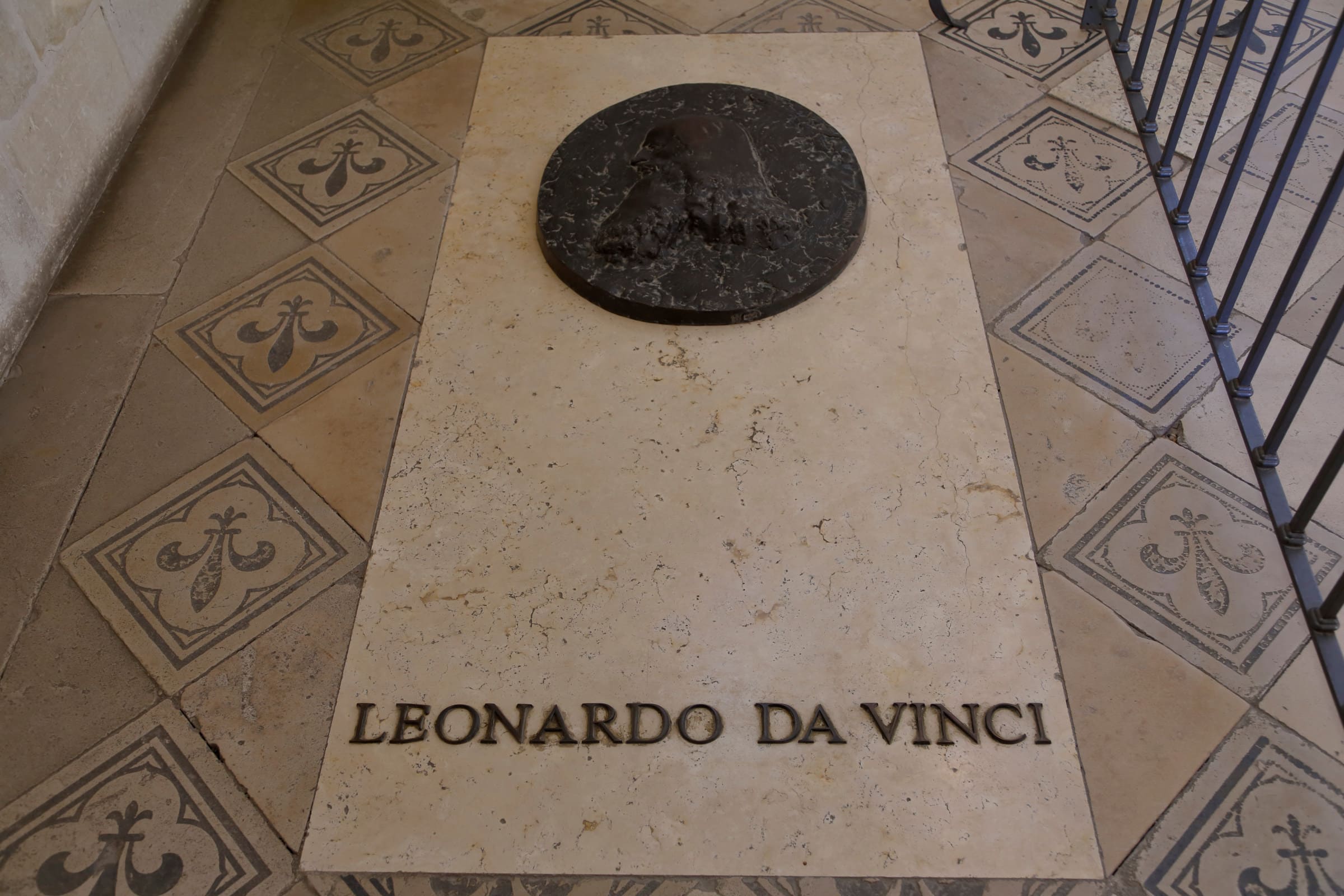
Tomb of Leonardo da Vinci
While Leonardo da Vinci’s talents were unprecedented, the roles played by the Medici family, Ludovico Sforza, Cesare Borgia, and King Francis I were invaluable in transforming his potential into an epoch-defining legacy. These patrons provided not just financial assistance but also facilitated the intellectual and creative environments that were essential to Leonardo’s polymathic genius.
Through an intricate tapestry of sponsorship, Leonardo da Vinci was able to leap from being an artist of great promise to becoming an unparalleled genius whose works and ideas continue to influence the world.

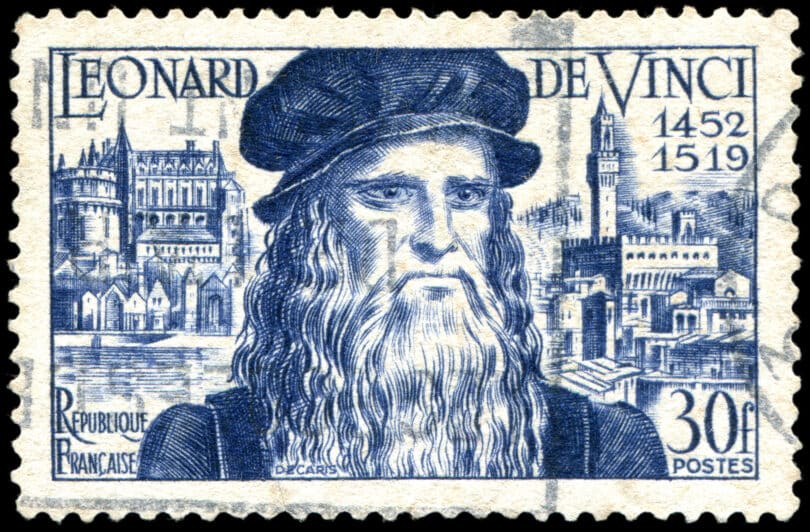
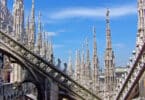
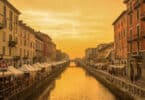
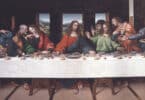
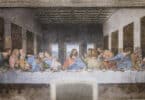
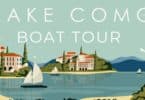

Leave a Comment